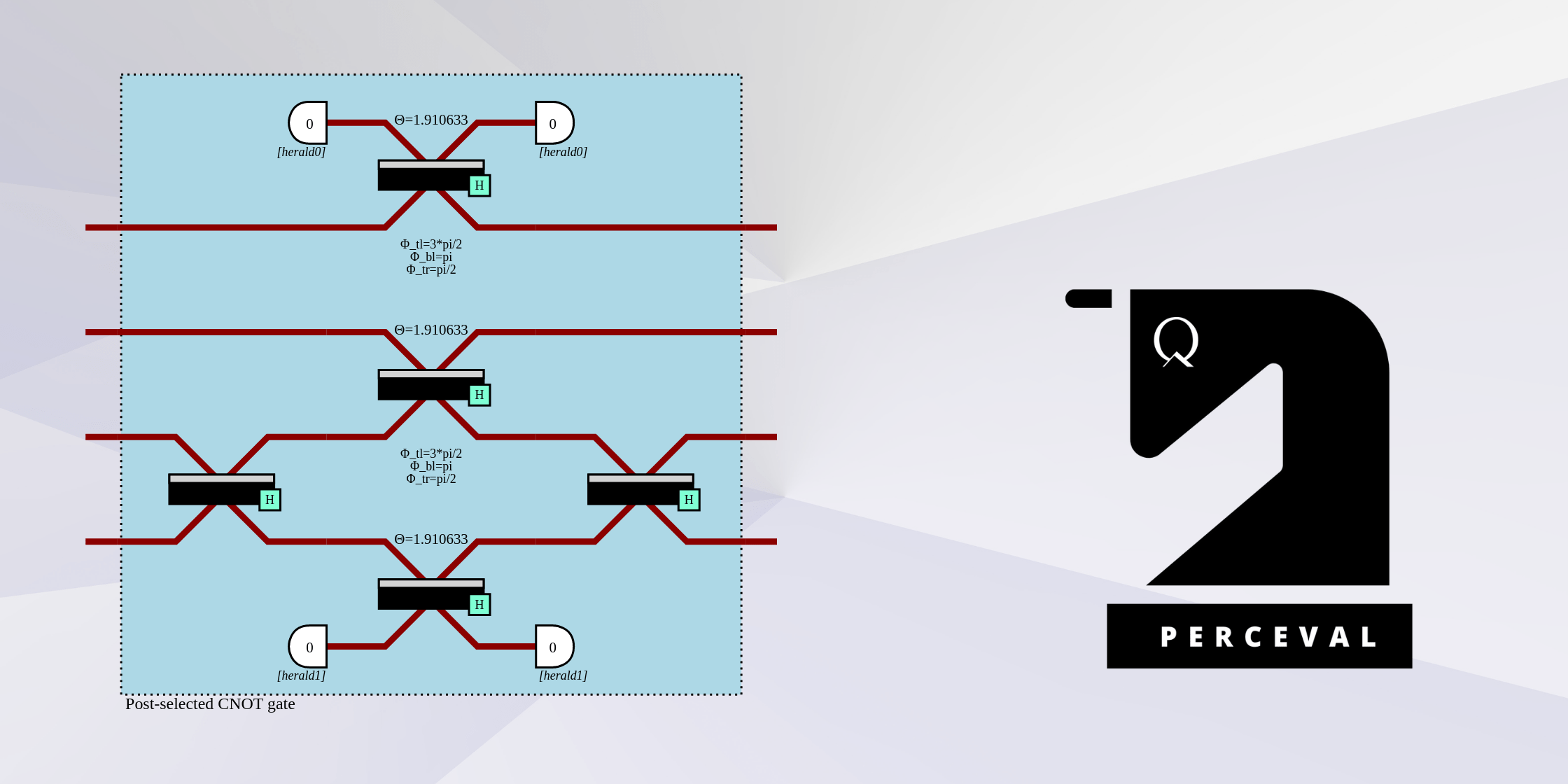What is Linear Optical Quantum Computing?
Linear Optical Quantum Computing (LOQC) is a paradigm of quantum computing that uses photons as qubits and manipulates them using only linear optical elements such as beam splitters, phase shifters, and photon detectors. This paradigm leverages the quantum properties of light to perform quantum computations and does not require the strong nonlinear interactions that are challenging to implement with photons. It has been proven to be universal for quantum computation.
How Does Linear Optical Quantum Computing Work?
- Photon Generation: A quantum light source creates single photons or entangled photon pairs. Examples of photon sources can be quantum dot emitters or SPDC sources.
- Linear Optical Network: Photons are then routed through networks of optical elements such as beam splitters and phase shifters that implement quantum gates.
- Photon Detection: The absence or presence of photons at specific output modes is measured by photon detectors such as SNSPDs. More advanced detectors can resolve the number of photons in an output mode.
Strengths of Linear Optical Quantum Computing
- Room temperature operation: Unlike many quantum computing platforms, photonic systems have moderate cryogenic requirements and only require cooling down to ~4 Kelvin.
- Natural isolation: Photons interact weakly with their environment, providing excellent coherence properties.
- Mature technology: This paradigm leverages decades of development in telecommunications and integrated photonics.
- Modular architecture: Photonic circuits can be connected to each other and scaled smoothly using optical fiber connections.
- Near-term advantage demonstrations: Schemes like boson sampling are based on linear optics.
Challenges and Solutions in LOQC
The primary challenge in LOQC is that two-qubit gates (such as the CNOT gate) are inherently probabilistic. These gates can be implemented, but a successful operation is heralded by (or post-selected upon) specific measurement outcomes.
Despite this challenge, the Knill-Laflamme-Milburn (KLM) protocol showed that LOQC is universal for quantum computation, provided access to significant resources involving ancillary photons, feedforward and active switching.
Since the KLM proposal in 2001, several other paradigms have been designed for photonics using, e.g., cluster state generation (creating large entangled-states offline for deterministic computation), fusion-based architectures, as well as specialized error correction codes tailored to photonic systems.



